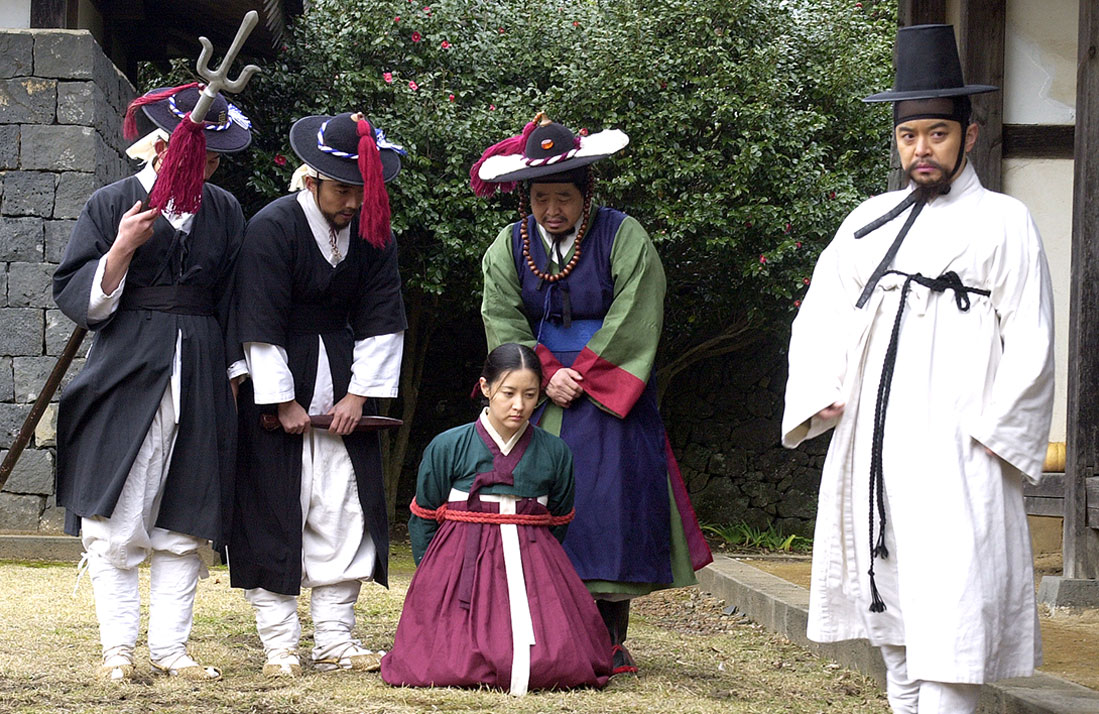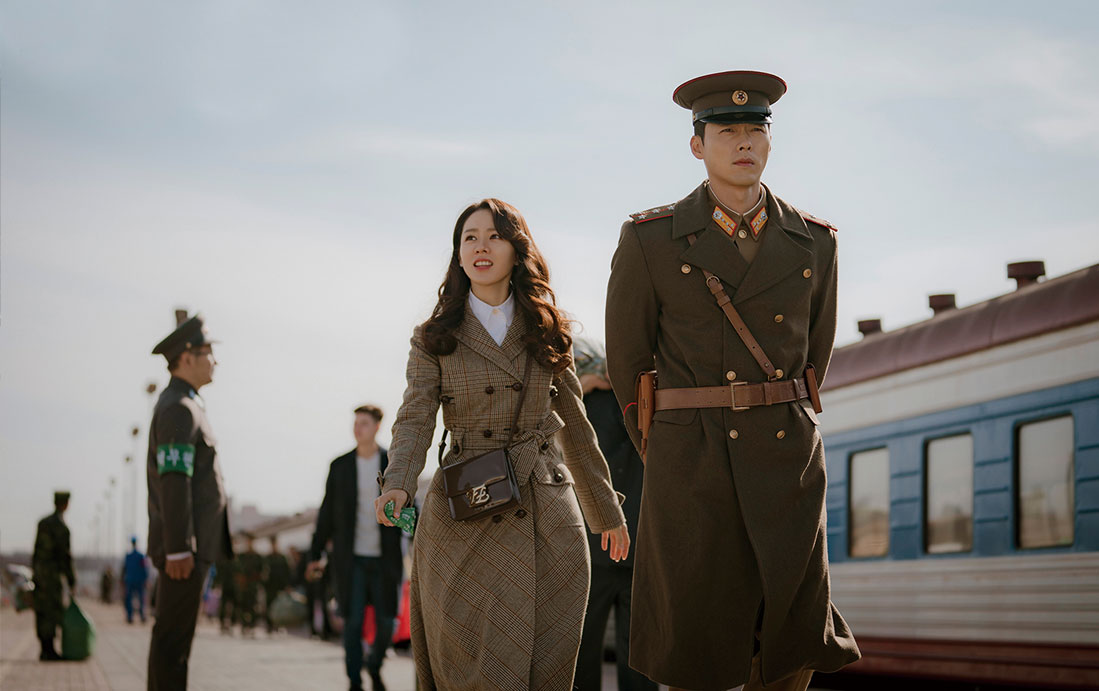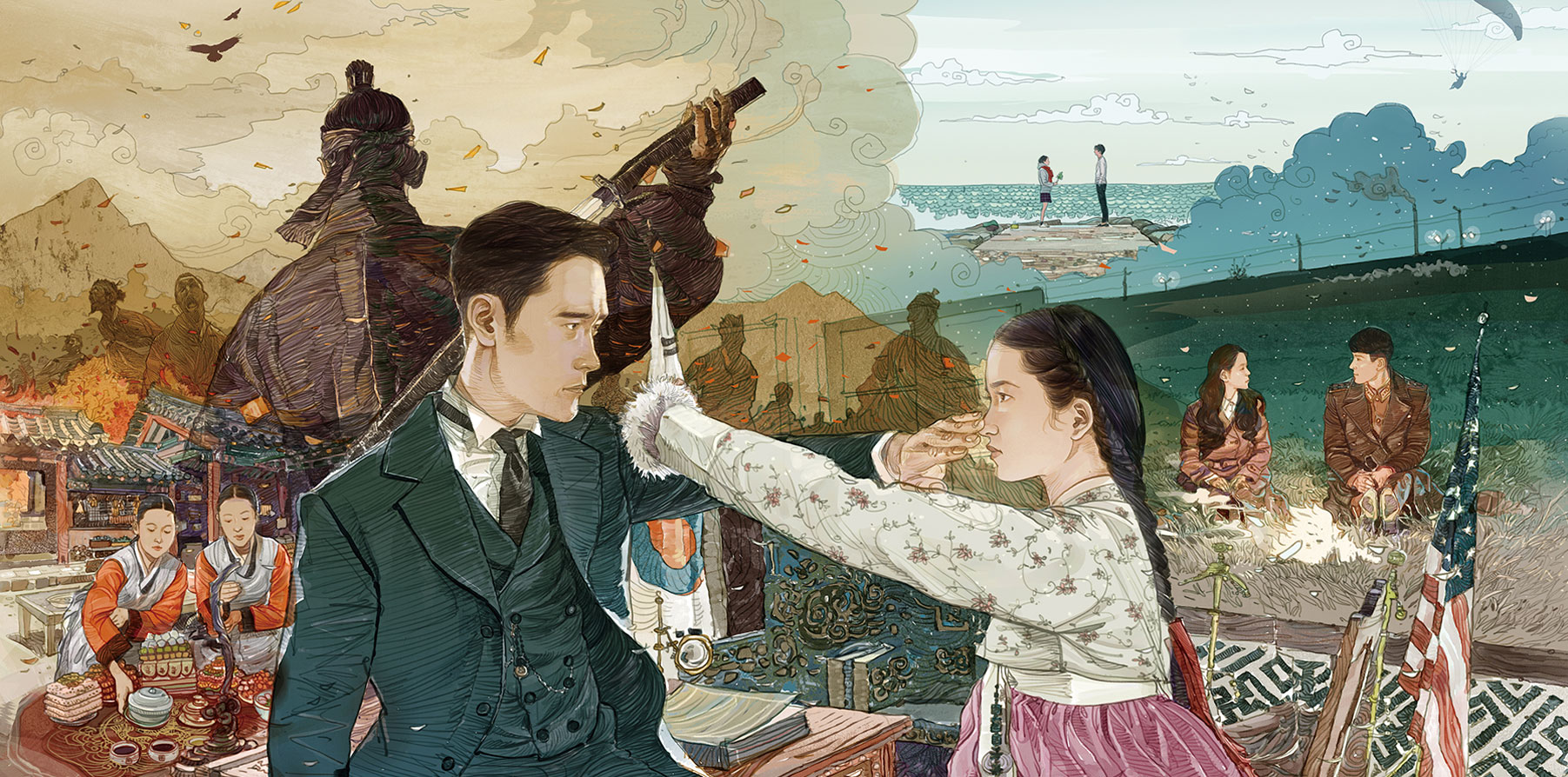STORY
Hallyu-binger of Success
K-drama’s Global Ascent
Though Korean dramas have been around since the 1950s, the world began to take notice of them at the dawn of the 21st century. Through universal themes of romance, history and fantasy with plot twists and memorable characters over the past two decades, K-dramas have steadily amassed both global acclaim and vast legions of fans worldwide. Here is a look at dramas that shot from national fame to international superstardom.
Written by• Yun Sukjin
(Drama critic & professor at Chungnam University)
In August 1956, Korea’s first TV station HLKZ-TV broadcast a domestic version of the Irish play “Heaven’s Gate.” When KBS TV began operations in December 1961, it aired the “Friday Stage” series, and “I Want to Be Human (Nado Ingani Doeryeonda)” was broadcast live and staged like a play. Though basic equipment for drama production was clearly lacking in these early days of Korean TV, scriptwriters, directors and actors in theater fortunately made the decision to shift to broadcasting.

© Shutterstock
Maturing with Media
Though thespians paved way for K-drama to take root and eventually flourish, the true beginning of TV dramas lay in radio. Many radio soap operas of the 1960s set the foundation for Korean film and TV show production. Television would explode in national distribution in the 1970s and be broadcast in color from the 1980s. By the 1990s, K-drama was poised to emerge as a key driver of Hallyu, the Korean Wave. Today, Korean dramas are among the leaders in global content amid evolving patterns of content distribution, namely from TV to over-the-top networks.

Employees of GoldStar (now LG Electronics) assemble color television sets in 1987. © Yonhap News
Captivating Chinese Viewers
K-drama entered the Asian scene in 1997 when CCTV of China broadcast in 1997 “What is Love” (1991) and “Star in My Heart” (1997). The former program was classified in China as a family drama, though the plot focuses on a romance between a man from a conservative and patriarchal family and a woman from a compassionate and open-minded household. Conflict and the embracing of shifting family cultures and values unfold around the pair, representing a clash between old and new that won over middle-age Chinese viewers. “Star” is about a singer and a designer who are both troubled due to their childhoods, with the designer having grown up in an orphanage and the singer struggling to find about his origin. Hallyu thus took off in China, but conquering the rest of Asia would take more time.

The historical drama “Jewel in the Palace” is based on the true story of the first female head physician of a Korean royal court. © Yonhap News
Launching Hallyu in Japan
Though Japan got hooked on Hallyu after China, the sheer response of the Korean Wave in the archipelago was staggering. “Winter Sonata” (2002) resonated with Japanese of all demographics with its classic depiction of enduring love as exemplified by the line “What if my first love looks for me?” The show and its display of untainted romance drew huge ratings both at home and in Japan. “Stairway to Heaven” (2003) continued Hallyu’s hold on Korea’s neighbor. When comparing these K-drama romances with last year’s “Crash Landing on You,” a love story between a South Korean heiress and a North Korean soldier, a progressive social trajectory toward strengthened female independence is evident, as the heiress charts her own path in her relationship.
Going Beyond Asia
Historical dramas are also major players in K-drama, which often feature traditional and authentically Korean elements. Early dramas of this genre include “Damo” (2003), which features the tragic fate of a female police detective during the Joseon Dynasty, and “Jewel in the Palace” (2003), loosely based on a character briefly featured in the historical records “The Annals of the Joseon Dynasty.” The protagonist of “Jewel” presents a sensible paradigm for 21st-century women. Despite undergoing numerous adversity and ordeals, the talented culinary and medicinal practitioner carries on with a relentless drive. Presenting such a driven female character against the feudal backdrop of “Jewel” forms a remarkable combination that won audiences the world over.

In “Crash Landing on You,” North Korean soldier Ri Jeong Hyeok (played by Hyun Bin) finds South Korean national Yun Se-ri (Son Yejin) when she lands on the wrong side of the Demilitarized Zone while paragliding. © Studio Dragon
Snubbing Reality for Fantasy
From the 2010s, K-dramas exhibited a newfound focus on the fantasy genre. “Secret Garden” (2010) added a twist to the time-honored story of Cinderella. A financially struggling stuntwoman committed to her job magically switches bodies with a department store CEO who suffers from anxiety. The genre took an even bigger step forward with the blockbuster “My Love From the Star” (2013), a love story between an extraterrestrial and a celebrity. The romantic appeal of “Guardian: The Lonely and Great God” (2016), which shows a general from the ancient Goryeo Dynasty as an immortal goblin, hooked audiences despite its farfetched storyline. Most recently, “Hotel Del Luna” (2019) goes beyond space and time to highlight the meaning of life and death. Likewise, the Netflix hit “Kingdom” (2019), based on the webcomic series “The Kingdom of the Gods,” is a medieval epic combining history with zombies.



















